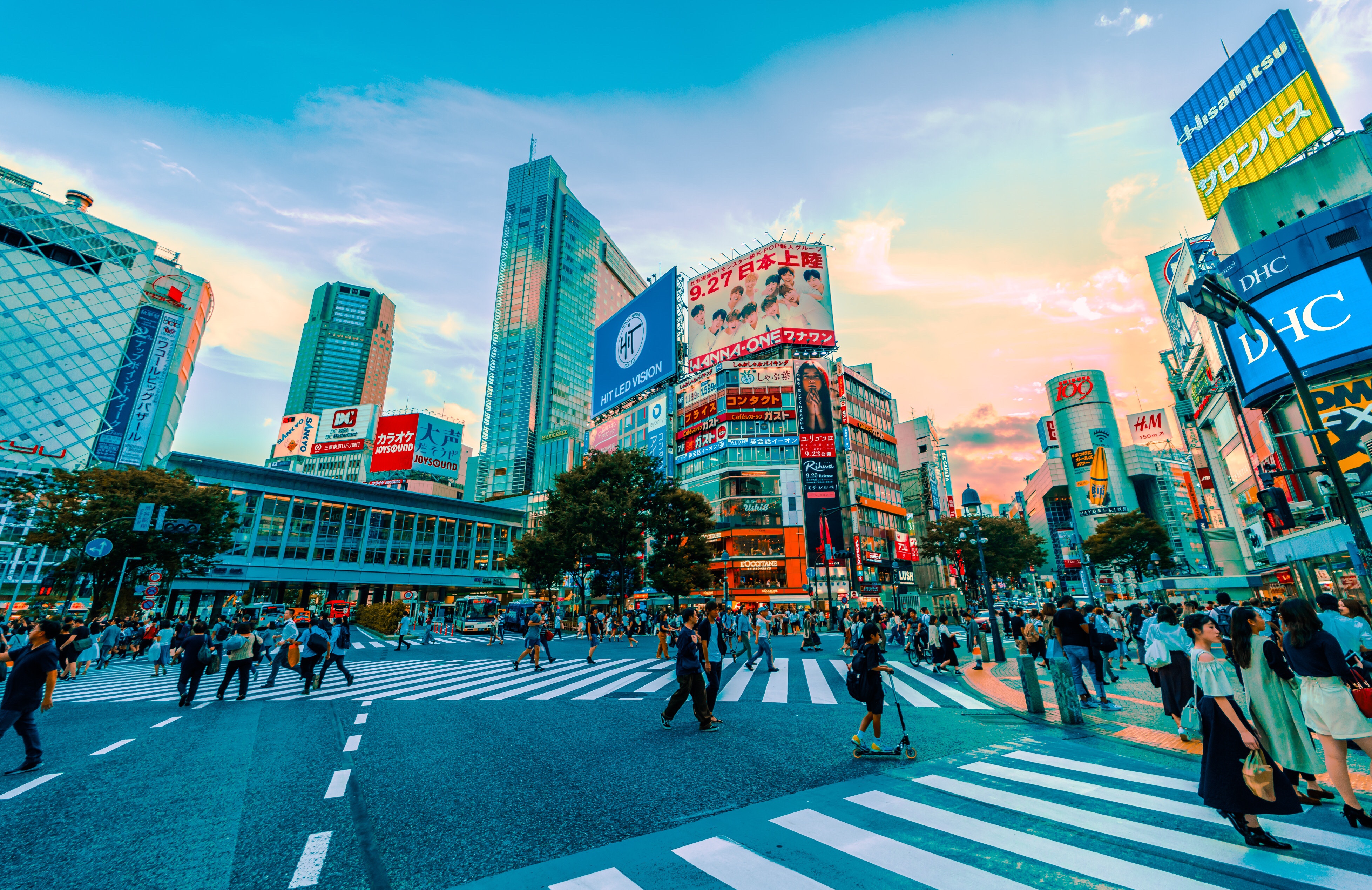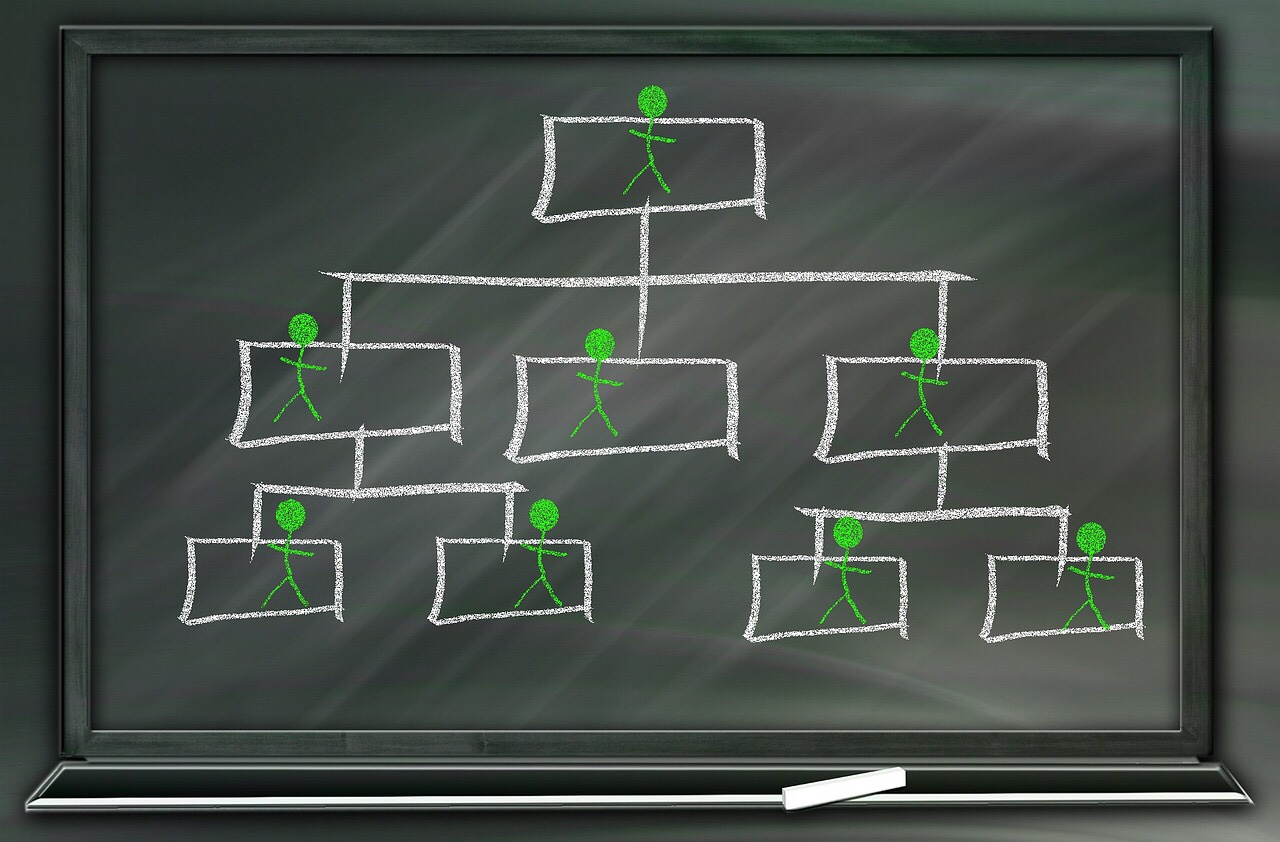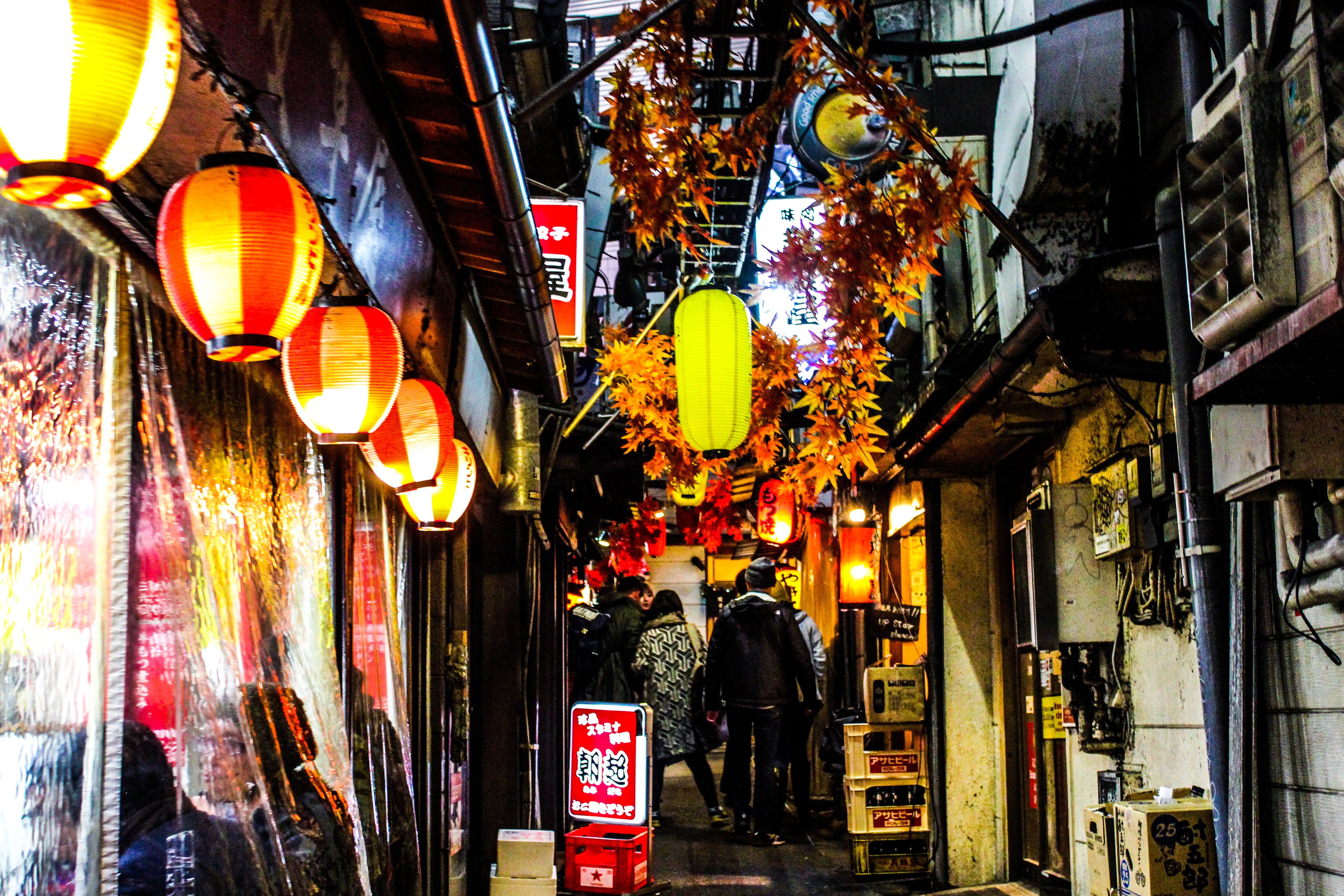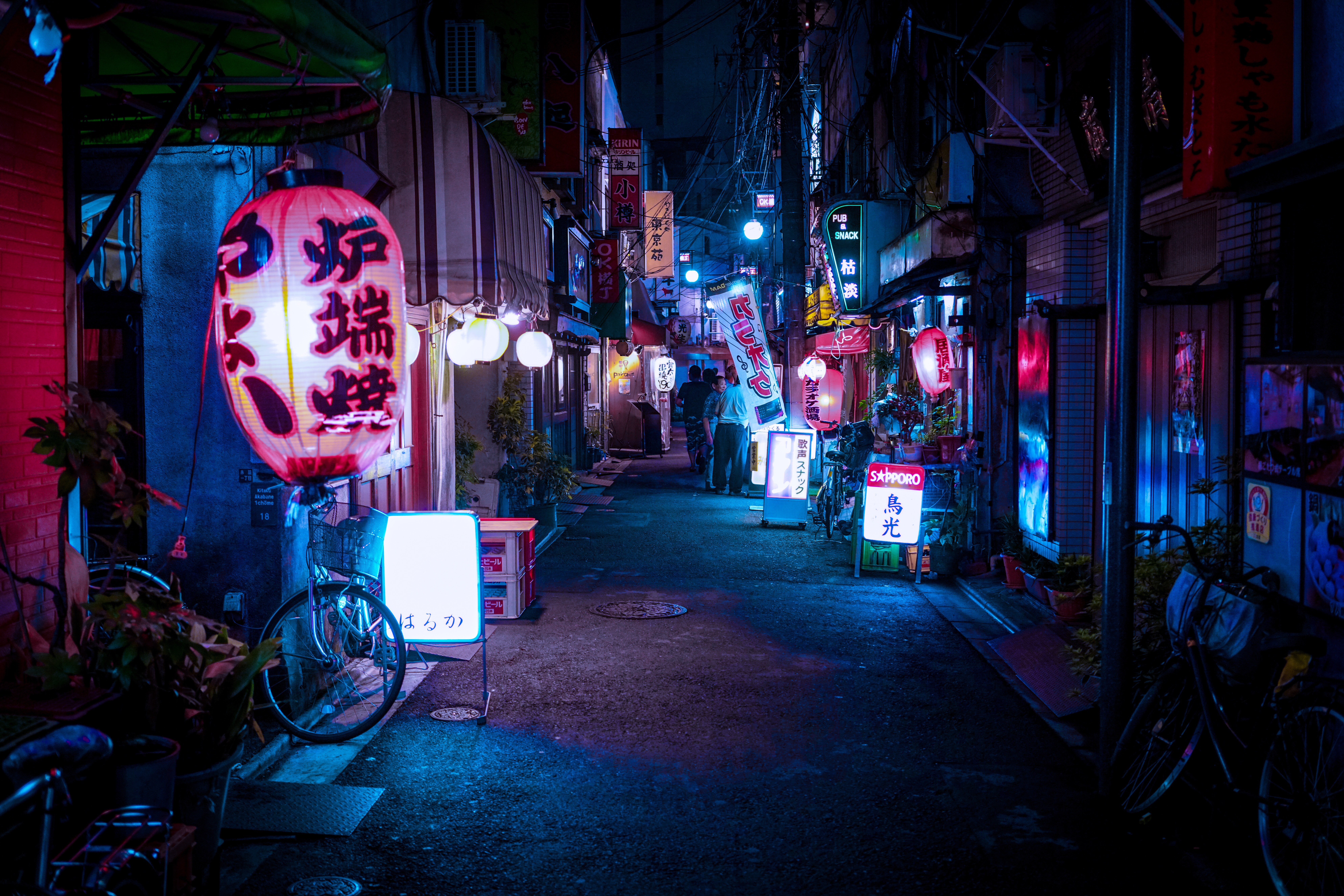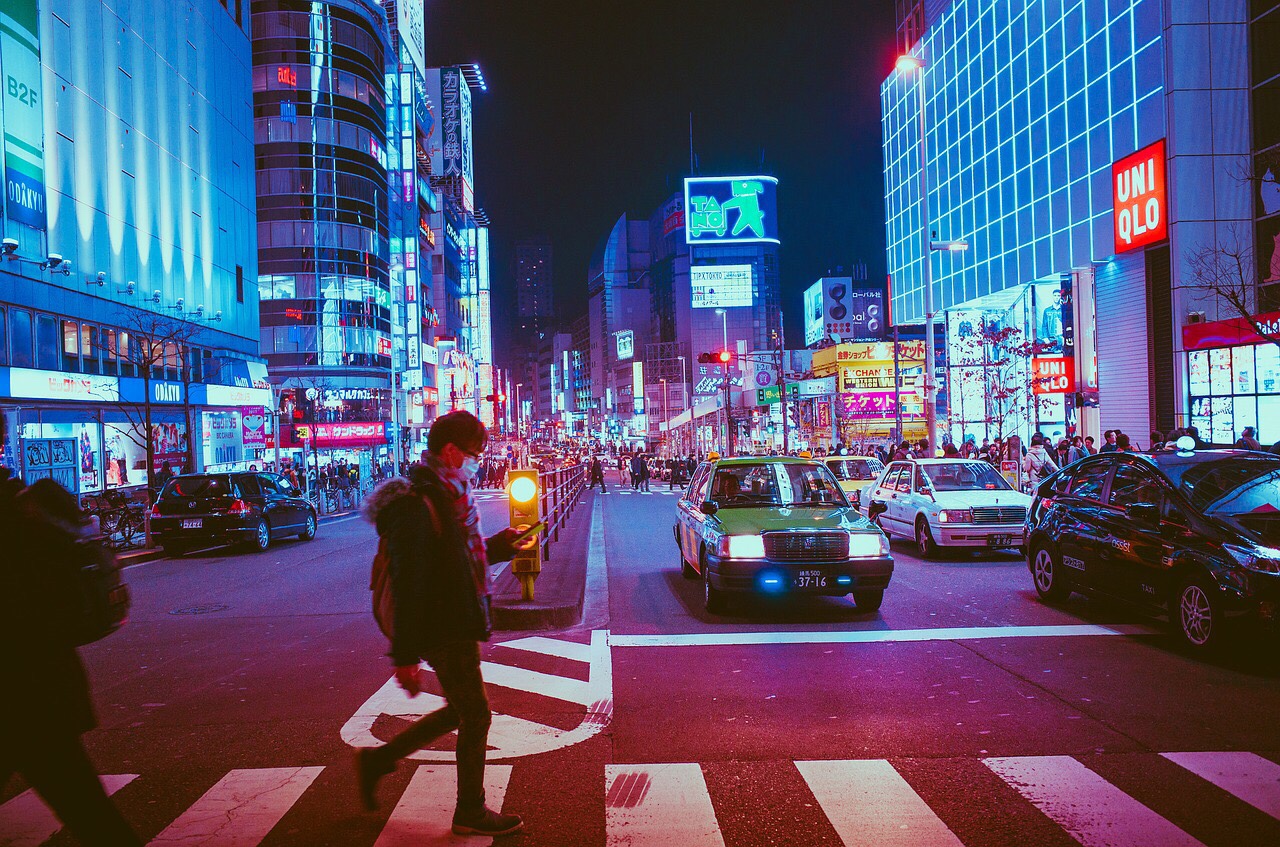
When you have relations with Japanese business persons, you may have heard that Japanese people are workaholics and work tirelessly day and night. However, in this time if age where work life balance is considered priority, do they still work like this?
Are Japanese people really workaholics like people say they are? Aren’t young people changing like the rest of Millenials? What are business in Japanese business culture?
What you will learn
Relationship nowadays
I feel that I am credible to write this article because I have 7 years experience at a typical midsize Japenese firm. I have been working from fresh graduate where I had etiquette training, and been working as international sales, and corporate strategist.
Relationship between Japanese culture and business

The Boomers are insanely workaholics
The Boomers and people around 50 and up are surely fit the image of Japanese business people. They work late hours, go to business dinner parties, and work on weekends. They are written in their DNA that sacrificing family and private time for your company is their first priority just like their parents.It is tough sometimes because they would expect you to feel the same, although you feel “no way private time is more important to me!!” You may be surprised to find out that their schedules will be filled with business dinners or “nomikai” on weekday nights and golf rounds on weekends with clients and business partners. Thanks to the trend of work-life balance, the pressure from the boomers to do the same are decreasing. However, you must be careful because the second word they will say is lets go out for a drink. For going out with these people means talking about your work until midnight, which sometimes becomes a nightmare.
It is important to note that a lot of these persons are quite respectable persons and there are a lot to learn about business from them, but because if the different ways of thinking, their harsh characters sometimes wear you out.
The Generation X are not so much but mostly workaholics
Generation X or people around 40 are not as much workaholics as the Boomers, when you get to know them you’ll find out that most of them are. Because Generation X are middle managers and often work closely with Millenials, they understand their ways of thinking, and actually share Millenial like approach to business and private. However, most of the X’ers inherit the traits of Boomers and usually prioritize work over private time. They will try to take you out for a drink, although in a more casual way so that you can excuse yourself. The X’ers Japanese business persons are more easy to cope with compared to Boomers, but they more often still inherit the workaholic traits if the Boomers.
Japanese culture and business nowadays

Millenials and Z want more to life than work
Millenials who are around 30 and Z who are around 20 are are quite different from the Boomers and the X. Unlike the image of a typical Japanese business person, Millenials tries to enjoy life and believe there is more to life other than work. They care about their family and close friends, and try to distance from business and secure private time. Although some Millenials want to work in the style of Boomers and X’ers, you’ll be relieved to find out that most Millenials and Z’s will share the same stance to life as the rest if the world.
Summary

Generation X and up are workaholics like you hear and read
Millenials and Z share common traits like the rest of the world

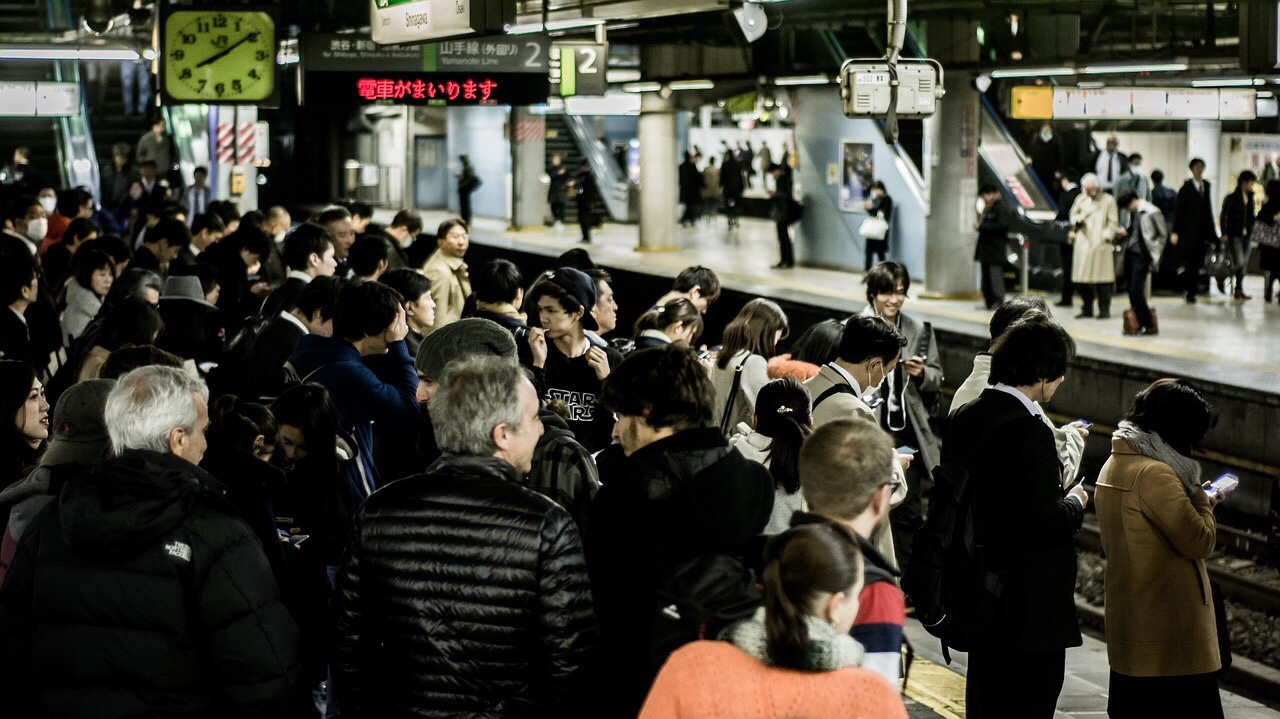










 Japanese business greetings are totally unique and are different from Western countries. This may be due to Japan developing a unique culture being an island country. This unique culture had mixed together in the industrial era in the 19th century with the modern idea of corporate culture, and seems to give birth to a distinct business culture like no other.
Japanese business greetings are totally unique and are different from Western countries. This may be due to Japan developing a unique culture being an island country. This unique culture had mixed together in the industrial era in the 19th century with the modern idea of corporate culture, and seems to give birth to a distinct business culture like no other. If you remember these following 4 greetings, you won’t need another for the rest of your business career at a Japanese firm.
If you remember these following 4 greetings, you won’t need another for the rest of your business career at a Japanese firm.


